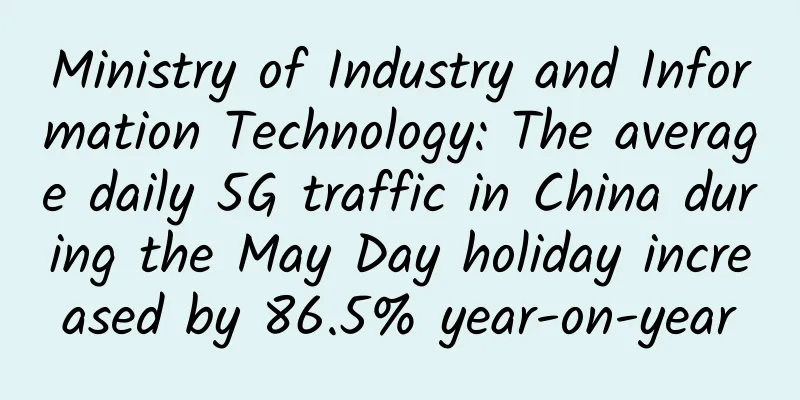Meeting the Challenges of Multi-Cluster Kubernetes

|
【51CTO.com Quick Translation】 As more and more aspects of people's lives move online, the need to massively expand the Internet is growing. This trend began many years ago and has gone through many iterations of technological advancement. AWS launched in 2002 as the first public cloud offering, opening the door for enterprises to outsource IT operations and scale resource consumption up and down as needed. Virtual machines began to abstract application software from physical hardware and soon gained new deployment models. Microservices are a collection of independent and loosely coupled services that can be maintained and configured independently of the environment. When packaged into containers, they can be deployed at scale and become the building blocks of a new generation of distributed infrastructure. Different technologies such as Rancher, Docker Swarm, and Mesos competed for the lead in container orchestration. Kubernetes (open sourced by Google in 2014) eventually became the top choice for containerized microservices. While enterprises clearly see the benefits of Kubernetes, its inherent complexity and steep learning curve make it difficult to adopt. Smaller companies lack the operational expertise and resources to successfully manage the technology, and larger enterprises struggle to integrate cloud-native tools and processes into legacy infrastructure.
Dealing with the complexity of Kubernetes Over the years, there have been several solutions that aim to help organizations adopt Kubernetes and optimize container orchestration . Rancher, OpenShift, and public cloud managed services such as Azure Kubernetes Service, Elastic Kubernetes Service, and Google Kubernetes Engine are some examples. These solutions greatly simplify the deployment and management of Kubernetes clusters, accelerating the transition to cloud-native applications while making them more scalable and resilient. As a result, Kubernetes has seen widespread adoption. In 2021, Traefik Labs surveyed more than 1,000 IT professionals about their use of the technology. More than 70% of respondents reported using Kubernetes for business projects. However, enterprises that have just overcome the challenges of adopting container technology are now struggling to break through in scaling deployments. As Kubernetes adoption grows, new challenges emerge. Enterprises support more and more Kubernetes clusters to meet the needs of more containerized applications. However, more clusters mean more components to manage and update. Problems that are relatively easy to solve in a single Kubernetes deployment multiply in larger multi-cluster environments. The complexity of Kubernetes grows as it scales. However, multi-cluster orchestration is inevitably the next frontier for engineers to solve. Kubernetes multi-cluster requirements Developers need the right tools to manage multi-cluster challenges, from contextual alerts to new deployment strategies and more.
The future of multi-cluster Kubernetes Ensuring that clusters, services, and network traffic work together seamlessly in a cloud-native world is a major challenge. Kubernetes has gained widespread adoption by organizations around the world, but the technology has naturally matured. With this maturity comes new problems and new challenges that become more complex in multi-cluster deployments. Development, engineering, and operations teams (of all skill levels) who build and operate applications on Kubernetes need simpler ways to achieve visibility, scalability, and security for their clusters and networks. When looking for tools to manage standard microservices architectures, developers must prioritize solutions that provide capabilities such as instant observability, out-of-the-box contextual alerts, geo-aware content delivery, and a built-in service mesh. The challenges of multi-cluster orchestration are becoming more common, but by adapting to the cloud native world with the right tools, development and operations teams will be able to tackle the complexity of multi-cluster Kubernetes and see the benefits of Kubernetes unprecedented. [Translated by 51CTO. Please indicate the original translator and source as 51CTO.com when reprinting on partner sites] |
>>: Web3 Explained: A Chaotic Vision for the Future of Technology
Recommend
Master port isolation technology to make the network more secure
Currently, Ethernet technology is widely used in ...
What is in the Http Header?
The author has developed a simple, stable, and sc...
Will Wi-Fi 7 be a revolution?
A Google search for “famous members of Generation...
Global IT spending to reach $4.1 trillion in 2021, exceeding estimates
[[391876]] Recently, market research firm Gartner...
Detailed explanation of the three most commonly used wiring systems in integrated wiring!
The integrated wiring system is the infrastructur...
Ministry of Industry and Information Technology: 5G package users have exceeded 350 million, China Mobile ranks first with more than 180 million users
At present, the number of users of 5G packages ha...
Amid the epidemic crisis, many countries are planning to break through with 5G
For the global 5G industry, the first quarter of ...
Key considerations for deploying Wi-Fi 6
IT managers looking to benefit from Wi-Fi 6 techn...
Cisco: Continuous innovation to create an inclusive future
On June 14, Cisco's annual networking and sec...
The development trend of deception defense from the perspective of new honeypot technology
As attack and defense exercises become more and m...
It's no big deal for the three major operators to withdraw from the US
After several twists and turns, China's three...
Ruijie Networks: Deeply cultivating production network application scenarios to make the industrial Internet worry-free
Ruijie Networks is a Chinese ICT infrastructure a...
Threat attacks targeting home routers increased fivefold
In the first quarter of 2018, the number of cyber...
The interviewer asked about the ZAB protocol right away, and I was trembling...
[[391275]] Zookeeper achieves the final consisten...
802.11be (Wi-Fi 7) Technology Outlook
1. Overview of Wi-Fi 7 New Features Figure 1 is a...









